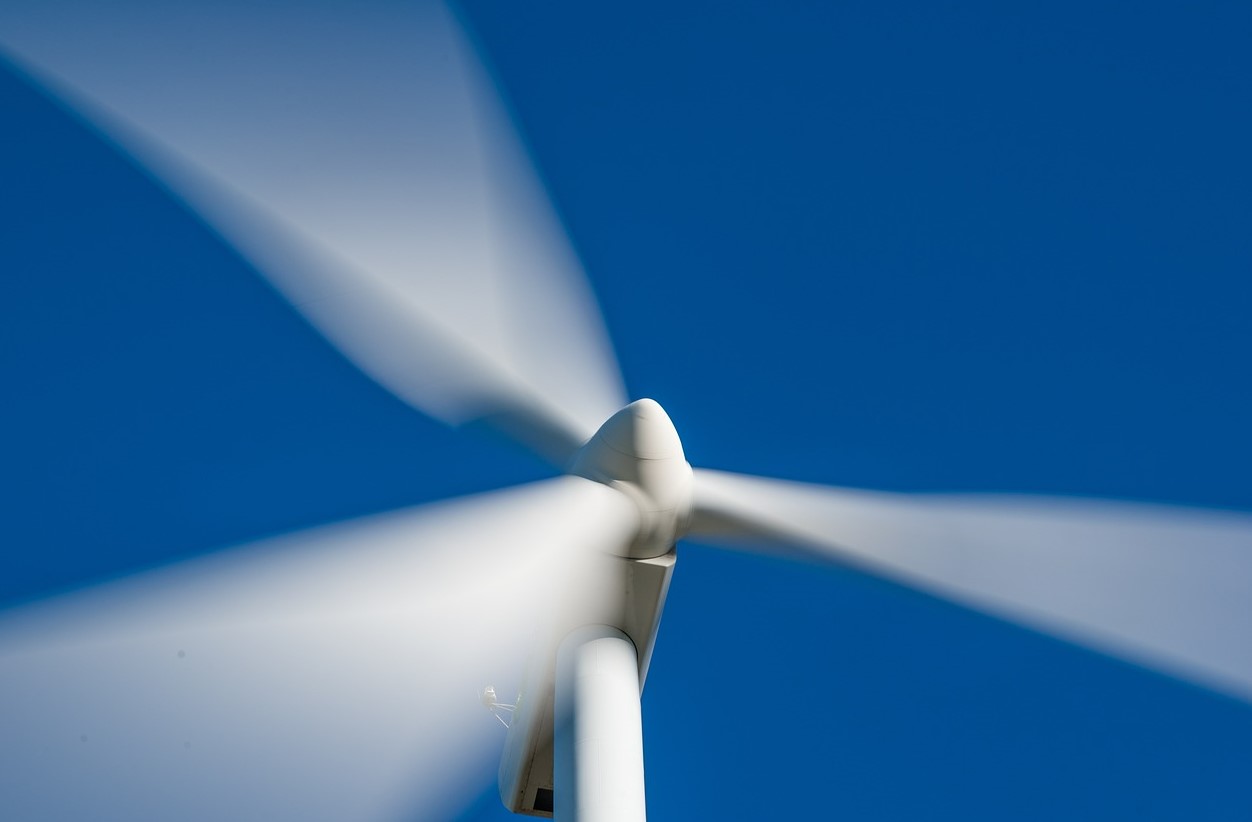 By B.N. Frank
By B.N. Frank
Numerous issues have been identified with wind turbines installed on land as well as offshore – economic (see 1, 2, 3, 4), environmental (see 1, 2), health, and safety. In regard to the environment, last month, a court in France ordered the dismantling of a wind farm because of its adverse impact on local birds. More recently scientists concurred again that wind turbines have a negative effect on wildlife.
From Discover Wildlife:
Blown away: almost 70% of animals displaced from homes by wind-power developments
Most birds and mammals are pushed out of their habitats by wind turbines. Can we make their co-existence more peaceable?
The transition to renewable energy is central to our efforts to build a low-carbon future. But it is not without its own environmental downsides, as highlighted by a new review showing that the majority of birds and mammals studied to date are displaced from their habitats by wind-power developments.
Wildlife and wind turbines are an uncomfortable mix. Rotating turbine blades can make short work of anything unlucky enough to collide with them, but direct mortality is only part of the story. Having reviewed the available evidence from around the world, biologists in Finland have found that 63 per cent of bird species, 72 per cent of bats and 67 per cent of terrestrial mammals are displaced from areas where turbines are installed.
Some of the most pronounced effects were found among owls, cranes and reindeer, which were displaced an average of 5km from wind-power developments.
Anne Tolvanen of the Natural Resources Institute Finland, a co-author of the study published in the journal Biological Conservation, says that more data on more species is required if the impacts of new wind farms on the most vulnerable species are to be minimised. “The problem is that the research always comes a bit too late,” she says.
Some of the most pronounced effects were found among owls, cranes and reindeer, which were displaced an average of 5km from wind-power developments.
According to Will Cresswell, professor of biology at the University of St Andrews, who was not involved in the work, the paper “shows the profound effects” of wind-power developments on natural habitats. But he suggests that such impacts can be mitigated. “In short, put turbines in the right place,” he says. “Agricultural land – already compromised in terms of biodiversity and with high disturbance – is ideal, producing both energy and food from the same loss of natural habitat more or less.
“But then the real issue with onshore turbines presents itself, at least in the UK: ‘not in my back yard,’” adds Cresswell. “This is of course another classic disturbance/avoidance effect, but at least humans, being rational, can see the logic of ‘better in my back yard, than in the national park or nature reserve.’”
- Does the noise from wind turbines affect wildlife?
- Is peat renewable?
- Why wildfires are becoming more common in the UK and the science that’s helping to prevent them
Although wind projects remain controversial, some American lawmakers still support funding them (see 1, 2) whereas numerous world leaders have given up on them altogether (along with other “green” projects) as have climate groups and developers (see 1, 2, 3).
Activist Post reports regularly about wind power and unsafe technologies. For more information, visit our archives.
Image: Pixabay
Become a Patron!
Or support us at SubscribeStar
Donate cryptocurrency HERE
Subscribe to Activist Post for truth, peace, and freedom news. Follow us on SoMee, Telegram, HIVE, Minds, MeWe, Twitter – X, Gab, and What Really Happened.
Provide, Protect and Profit from what’s coming! Get a free issue of Counter Markets today.

Be the first to comment on "Research Exposes Wind Projects Cause Approx. 70% of Animals to Become Displaced"